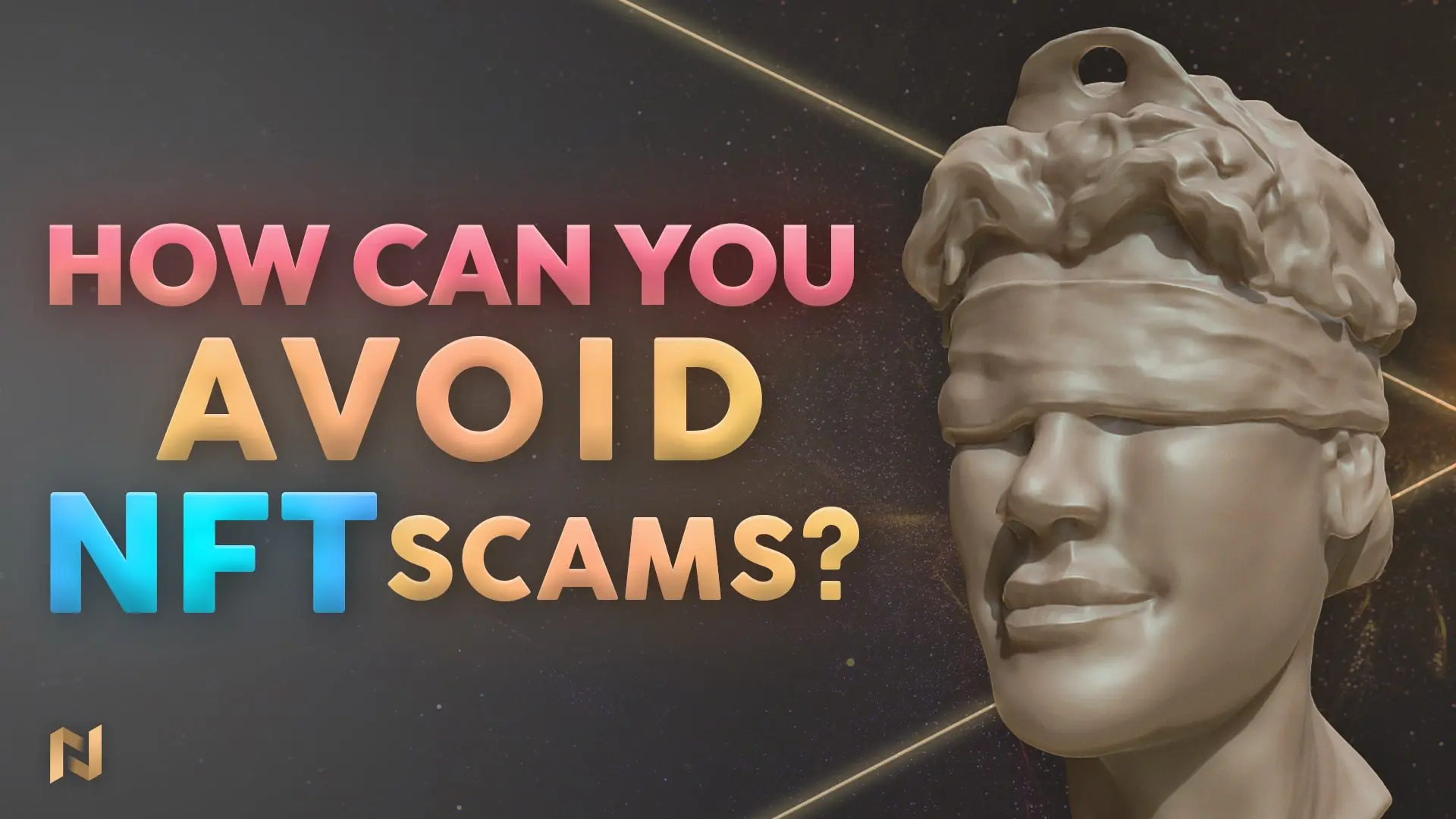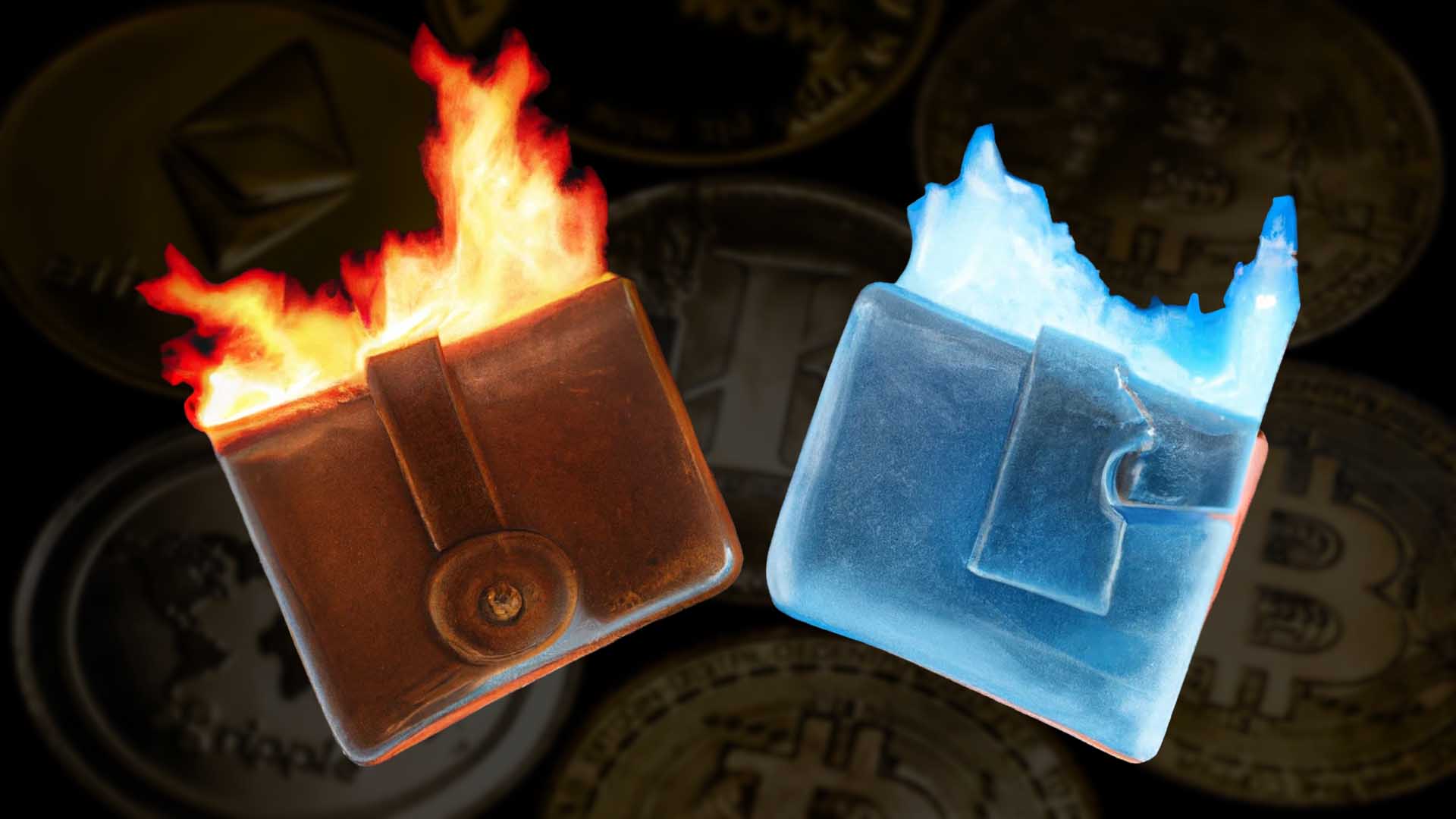Day by day, every human being tries to learn the details of blockchain technology and start to make investments in the digital world with the help of NFTs. Hence, there is a great interest toward NFTs, and some people can use others’ interests in the field badly. In other words, some individuals apply NFT scams to reach people’s cryptocurrency wallets, so the common types of NFT scams should be known by every people due to the possibility of swindling. In the article, we are answering the questions that are what is NFT scam, what are the common types of NFT scams, and how people can avoid NFT scams in the digital world.

Scam is the application of the activities that trick individuals on the internet. NFT scam is the version of the activities about digital art and the investment in NFTs and cryptocurrencies. Through NFT scams, people can reach the credentials of others to access their digital or cryptocurrency wallet. Also, with the scams, people can directly reach the money of other individuals, so NFT scams are very dangerous because they damage the digital and actual wallets of people.
Five Types of NFT Scams
Social Media Profiles
As you know, social media platforms are in the middle of our lives because almost every person uses them to communicate with each other, conduct research, have fun, and so on. Because of the high usage of social media platforms, social media can be used as an NFT scam way. Cybercriminals generally create a social media account to induce individuals to buy a fake NFT. They are utilizing nice language and attitudes, so people believe the accuracy of the NFT. In addition to social media platforms, there are a lot of fake websites for deceiving people about the wrong investment on fake NFTs, so every human being should be careful about the existence of fake social media profiles and websites to avoid NFT scamming.
Rug Pull
The NFT scam technique comes from the notion of ‘’pulling the rug out’’. If a scammer increases the interest of a person toward a new NFT or cryptocurrency project, and then, pulls out before the creation of the project, the circumstance is called rug pull. In other words, scammers mention that they will provide individuals with amazing promotions and special things in a project in the field, and they disappear after they get the necessary thing from the individuals, like NFTs, money, and cryptocurrencies.
Airdrop
The logic behind the airdrop scamming is simple; scammers want people to participate in an NFT giveaway to get a free NFT. Then, people believe the NFT giveaway situation, and the scammers reach them to get their digital wallet’s details by saying ‘’We will give your free NFT reward if you share your cryptocurrency wallet’s details.’’. With the details, scammers access the participants’ wallets easily and steal the money and NFTs in the wallets.
Phishing
The scamming is an old technique, but it can be used by a lot of scammers. Cybercriminals can use advertisements, e-mails, and pop-ups to direct individuals to a fake website. Then, the website requires the individuals’ private wallet keys for accessing their digital wallets. If a person shared her/his wallet key via the website, the cybercriminals can easily take the person’s money and NFTs in her/his wallet.
Pump and Dump
In pump and dump scamming, a group of traders buy a large amount of NFTs or cryptocurrency for demand, and then, the price rises. After the increase in the price, the group sells the mentioned digital asset, and a false alarm is encountered by other people.
In addition to these NFT scam kinds, we can mention other scamming ways, but these are the common scamming techniques. Hence, individuals in the field should learn the details of the NFT scams. Now, it is time to learn how to avoid NFT scams!

Five Ways for Avoiding NFT Scams
Conducting research into the seller of the NFT
First of all, if a person thinks about buying an NFT, s/he should research the seller of the digital asset. During the research, whether there is a verification mark for the seller can be considered. In addition, the marketplace account of the seller can be analyzed in a detailed way. Furthermore, the social media profiles of the seller should be examined; people can read the comments about a seller of digital art and view the posts on the social media accounts for avoiding NFT scams.
Keeping keys confidential
People should not share detailed information about their cryptocurrency wallets. The keys of the wallets are special for their owners, so only owners should know the keys and other details.
Not dealing with doubtful things
As we mentioned above, the phishing technique depends on suspicious attachments and links, so people consider the existence of the technique. In other words, individuals should not click any untrustable attachment and link. Some attachments, e-mails, posts, and links can look like real, but there might be a doubtful situation behind them. Therefore, every person should research attachments and links in a good way and not believe everything quickly.
Choosing strong passwords
On every online platform, people should get support from strong passwords because it is very easy to access the private information of people who use passwords that can be easily guessed. The same situation is valid for avoiding NFT scams. In other words, individuals should create strong passwords for their cryptocurrency wallets and NFT accounts. Also, people should utilize two-factor authentication for the safety of their accounts and wallets. Moreover, facial recognition and fingerprint can be considered for access to wallets and accounts.
Checking NFT prices
Before buying an NFT, people should check the prices of the NFT on different trading platforms. If the prices are close to each other, the NFT can be proper. On the other hand, if there is a big gap between the prices, there can be a problem with the digital asset.
 Irem B.
Irem B.













